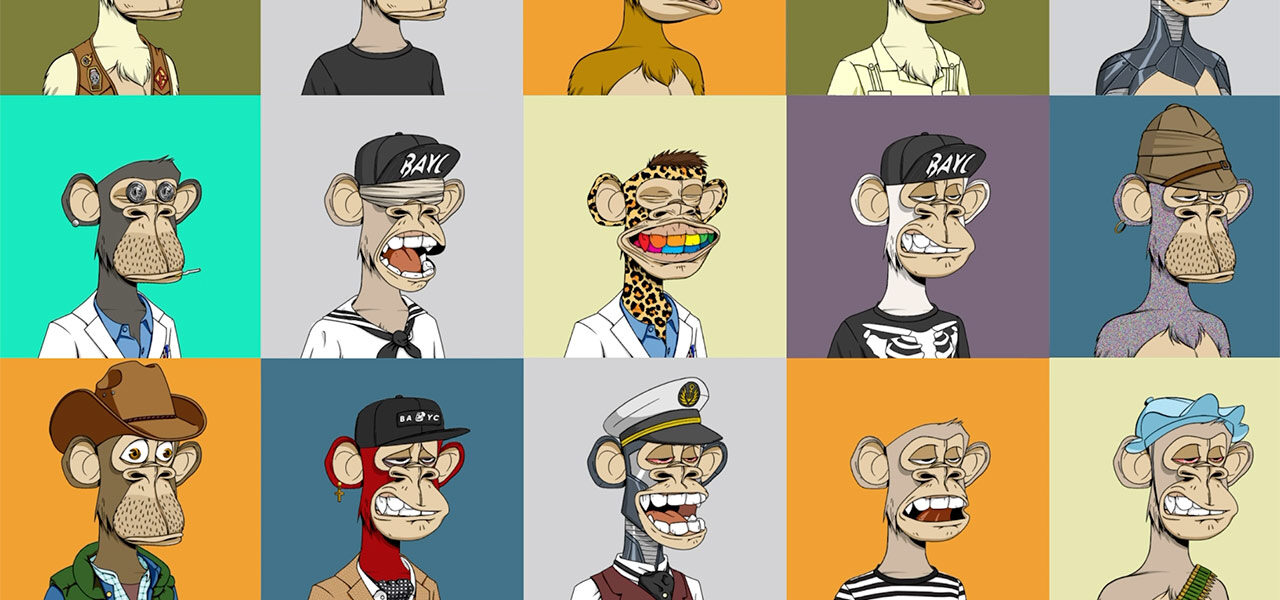

A Viral Two-Hour Youtube Essay Makes The Case Against NFTs
NFT sceptics have a new oracle to rally around.
“Line Goes Up — The Problem With NFTs,” Youtuber Dan Olson’s critique of non-fungible tokens and crypto-enthusiasm, has gone viral despite a 137-minute runtime. Posted to his channel Folding Ideas, the video presents one of the most detailed, cogent cases yet for why the digital tokens are doing more harm than good. It has resonated with viewers, racking up more than 4.5 million views so far.
For Olson, many NFTs are “aesthetically vacuous representations of the dead inner lives of the tech and finance bros behind them.” But he doesn’t distrust them simply because the artwork is corny. Rather, he sees the system as geared toward the interests of a select few investors — and so against artists in general. Sales such as animator Beeple’s $69 million NFT windfall fuel mad speculation that will hurt many.
Olson argues that acquiring an NFT isn’t like buying physical art so much as “early stock in a company.” The buyer goes in on the expectation of a financial return, but rarely does the seller set out a clear roadmap explaining why the token should gain value. To underscore their lack of intrinsic worth, Olson points out that it is often unclear what an artist has even sold, whether copyright, commercial permission, or mere bragging rights.
Lacking intrinsic value, the NFT is only a worthwhile investment if another buyer can be convinced to pay even more. This system benefits early adopters, who rapidly gain power to control the system.
NFTs are also undermined by functionality failures that give the lie to some of the system’s biggest promises. The link between the artwork and the token is “tenuous,” and the authenticity of the seller can be hard to verify. The result: lots of fraud. Also, the much-touted royalties from secondary sales are far from guaranteed.
Olson’s argument is considerably more complex than this. He views the NFT market as just one expression of a Web3 evangelism that’s doomed to disappoint. His critique starts with the financial crisis of 2008: in his view, rising inequality and a disillusionment with capitalism as we know it undergird the crypto boom. We can’t sum it all up here, which is why it’s worth watching the video in full.

.png)


